Photos : These 10 video game consoles failed miserably!

The Philips CD-i was a huge commercial failure for Philips. At the time, the firm tried their hand at consoles, but went totally wrong with this model. You have to admit that the remote control-shape controller was very impractical. To make matters worse, the game catalogue was very poor, with awful names, like Link: The Faces of Evil.
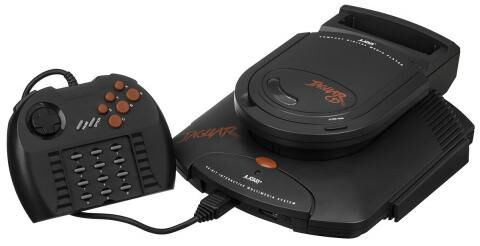
For a long time, Atari consoles were Nintendo and Playstation's competition. Unfortunately, there was a turning point upon the release of Jaguar in 1993. Despite the fact that it was the first 64-bit console, it never succeeded in establishing itself. You can blame the controller, which was not at all ergonomic, as well as a very weak game catalogue.
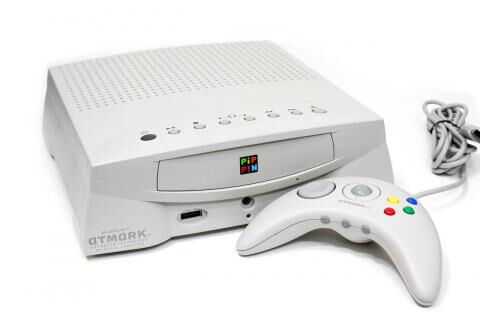
Apple's first console, the Bandai Pippin was quickly forgotten. It was first presented as a cheaper Macintosh Classic II, but all gamers saw was an overpriced console. In addition, the Bandai Pippin only had a catalogue of 80 games in Japan and 18 in the United States!
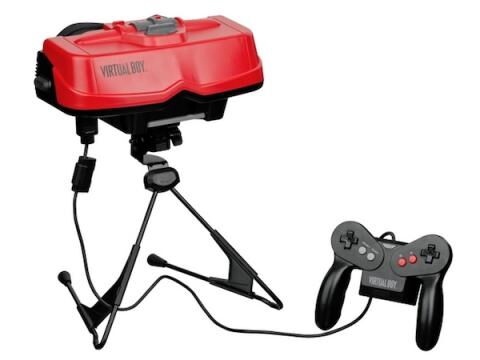
Nintendo tried to dabble into virtual reality with the Virtual Boy, released in 1995. Unfortunately, it was not a success, despite it being a fairly innovative concept at the time. There are two reasons for this failure: the fairly high price, which can be attributed to the high costs of making it at the time, and most importantly, the helmet was uncomfortable and gave people headaches and nausea. Doesn't sound like it was a very enjoyable gaming experience.
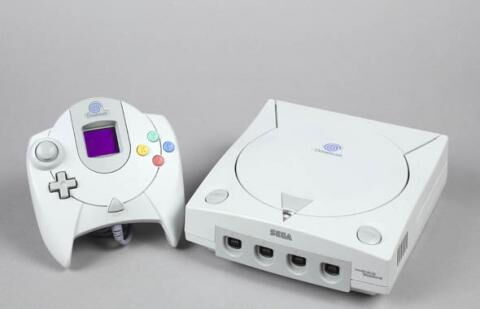
The DreamCast, released in 1998, is the first example that comes to mind when you think of gaming console commercial failures. Despite a not-so-bad catalog of games, including Shenmue, the Sega console was no match for the Playstation 2. In fact, after this failure, Sega stopped making consoles and had a hard time staying on its feet.
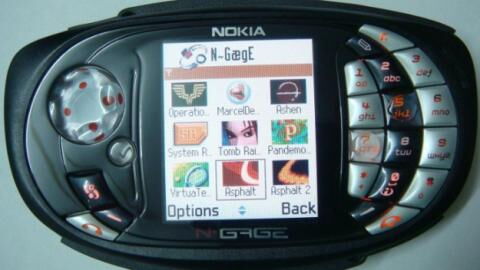
Nokia wanted to try to merge a cell phone and a console, bringing us the N-Gage, which was released in 2003. While on paper, the idea seemed great, the price (£80), the weak game catalogue and the console design got the best of the N-Gage.
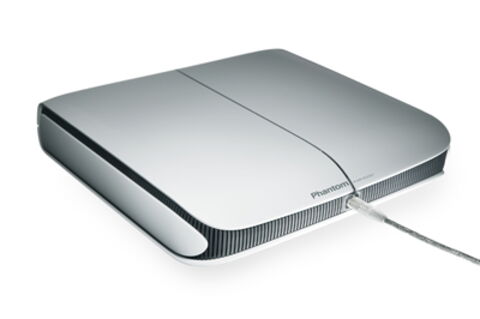
The Phantom remains a legend because it never made it out on the market! Presented at E3 2004, the console would only work with downloads, no CD or DVD, and was expected to be able to run PC video games! A revolutionary concept at the time, which had everybody buzzing about the console. Except it never came out, probably because it never had the necessary funding to see the light of day. The CEO and the company, Infinium Labs, who presented the console, underwent a tax audit soon after that...
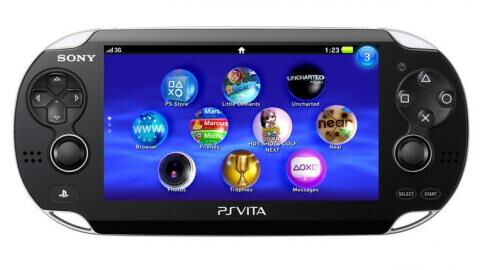
The PS Vita was meant to take over for the PSP. Unfortunately, Sony's portable console couldn't compete with smartphones. They're more versatile, and sometimes just as powerful as a portable console, especially since they also have a large catalogue of games. In the end, the PS Vita couldn't compete and was shunned by gamers.

While Nintendo's consoles are usually a hit, the WiiU is proof that no one is immune to failure. After the Wii made a killing, the Japanese firm released the WiiU in 2012. Nintendo's first HD console was a flop due to the unintuitive system of the console and its controller, which looks like a big Tablet. In addition, the WiiU only had very few exclusive games, but a lot of ports.
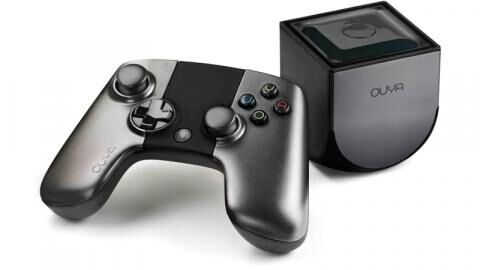
The Ouya made a lot of noise when it was first launched. Being the first console to see the light of day thanks to crowdfunding, its release was highly anticipated. Unfortunately, its capacity of just 8 GB, which is insufficient to install games, its buggy wireless controller, and the restriction of having to buy Android games even if you already had a Google Play account made this console a huge commercial flop.
